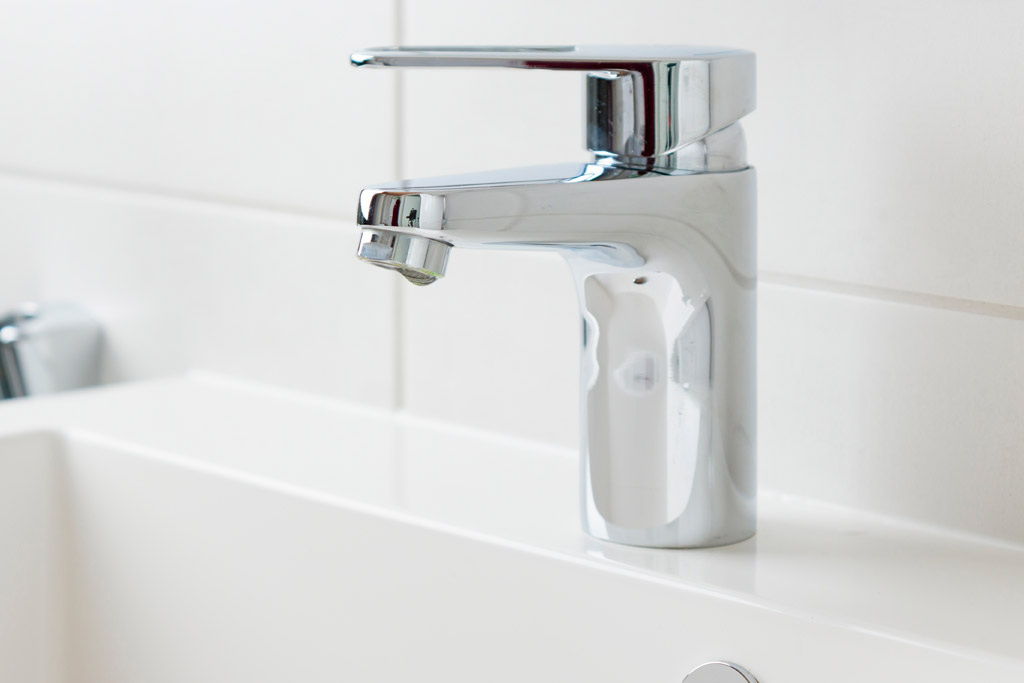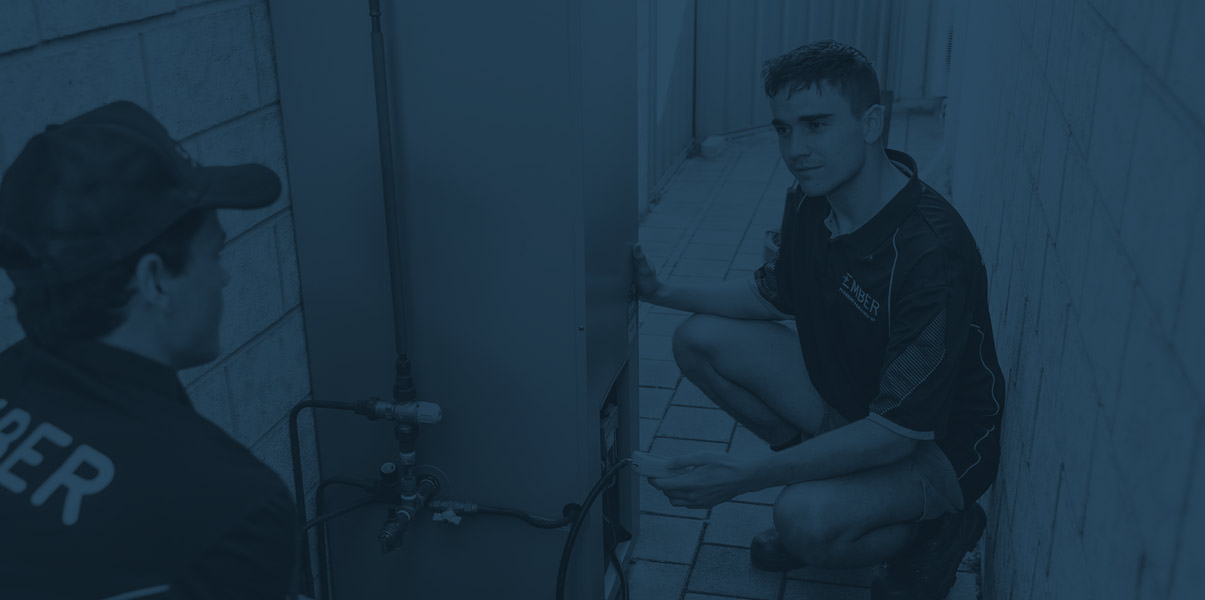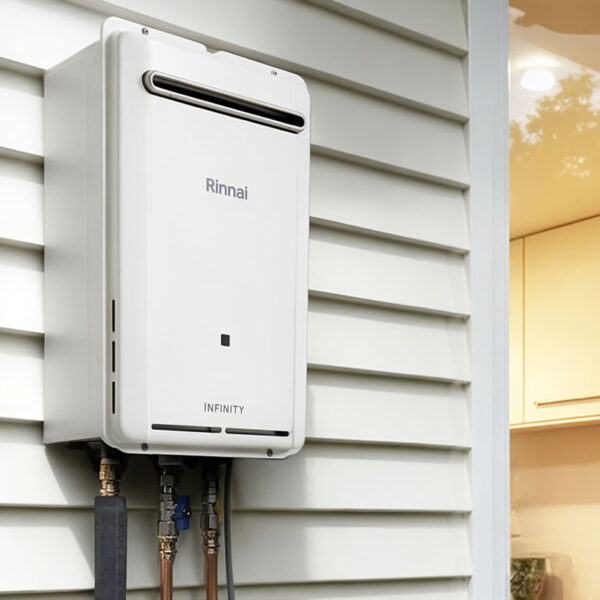Understanding Perth’s Water Regulations and How They Affect You

Understanding and adhering to Perth’s Water Regulations
As a homeowner in Perth, it’s crucial to understand the local water regulations to ensure that your plumbing systems comply with the law and operate efficiently. These regulations are designed to conserve water, protect public health, and ensure the sustainability of our water resources.
Water Efficiency Standards
One of the primary goals of Perth’s water regulations is to promote water efficiency. The Water Corporation of Western Australia has set specific standards for water efficiency in residential properties. This includes the installation of water-efficient fixtures and appliances. For example, toilets must have a dual-flush system, and showerheads should not exceed a flow rate of 9 liters per minute.
We recently helped a Perth family retrofit their home with water-efficient fixtures, including low-flow showerheads and dual-flush toilets. As a result, they reduced their household water consumption by over 20%, leading to significant savings on their water bills.
Backflow Prevention
Backflow prevention is another critical aspect of Perth’s water regulations. Backflow occurs when contaminated water flows backward into the clean water supply, posing a significant health risk. To prevent this, backflow prevention devices must be installed in certain situations, such as when connecting irrigation systems, rainwater tanks, or swimming pools to the mains water supply.
Plumbing Codes and Standards
Perth’s plumbing regulations are governed by the Plumbing Code of Australia (PCA) and the Western Australian Plumbing Standards. These codes outline the requirements for installing, maintaining, and repairing plumbing systems. For instance, all plumbing work must be carried out by a licensed plumber, and regular inspections are required to ensure compliance.
During a routine inspection, an Ember licensed plumber discovered that a Perth homeowner’s gas water heater was not vented correctly, posing a potential carbon monoxide risk. By addressing the issue promptly, the homeowner ensured their family’s safety and avoided hefty fines for non-compliance.
Water Quality Standards
Ensuring the quality of drinking water is a top priority in Perth. The Australian Drinking Water Guidelines set stringent standards for water quality, which the Water Corporation adheres to. This includes regular testing for contaminants like lead, E. coli, and other harmful substances. Homeowners are also encouraged to maintain their plumbing systems to prevent water quality issues.
Here’s an example we have come across. After noticing a strange taste in their tap water, a Perth family had their plumbing inspected and discovered corroded pipes. Replacing the old pipes not only improved the water quality but also brought their home up to current standards.
Rainwater Harvesting
With Perth’s dry climate, rainwater harvesting has become increasingly popular. However, there are specific regulations governing the installation and use of rainwater tanks. These include requirements for tank placement, mosquito-proofing, and backflow prevention when connecting the tank to the mains water supply.
Understanding and adhering to Perth’s water regulations is essential for every homeowner. Not only do these regulations help conserve our precious water resources, but they also protect public health and ensure the efficient operation of your plumbing systems. By staying informed and working with licensed professionals like us at Ember, you can ensure that your home complies with all local water regulations.
If you have any questions or need assistance with your plumbing needs, don’t hesitate to contact us at Ember Plumbing. Our team of licensed plumbers is here to help you navigate Perth’s water regulations and keep your plumbing in top condition.






